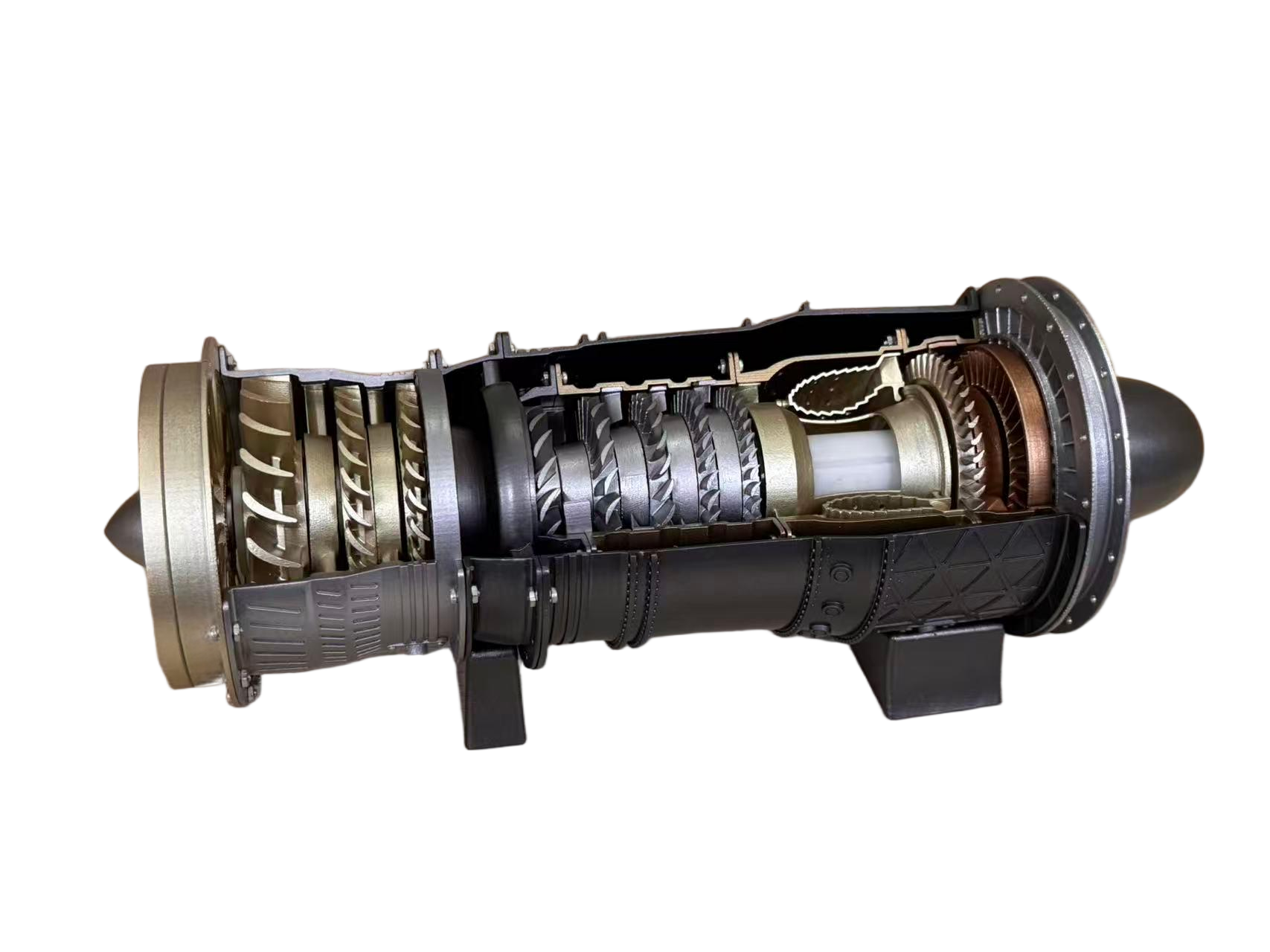Precision 5-Aixs CNC Milling — Fast, Accurate, and Versatile
High-quality machining for prototypes, functional parts, and production runs. Tolerances up to ±0.003mm (±0.0001in).








What is CNC Milling?
CNC (Computer Numerical Control) milling is a subtractive manufacturing process where material is removed from a solid block using rotating cutting tools. It produces high-precision parts with tight tolerances and excellent surface finishes. CNC milling is suitable for metals, plastics, composites, and more.
- High precision and tight tolerances
- Multi-axis machining (3, 4, or 5-axis)
- Suitable for prototypes, small-batch, or production parts
- Wide material compatibility
- Fast turnaround and consistent quality

CNC Milling Materials
We offer over 60+ CNC Machining materials and a wide range of surface finishes, and we also support customized materials for special projects.
Surface Finishes For Metal Casted Parts
Improve durability and performance with a selection of finishesAnodizing
Black Oxide
Polishing
Tumbling
Brushing + Electropolishing
Smooth Machining
Electroless Nickel Plating
Sandblasting / Shot Peening
Part Marking / Laser Engraving
Color Matching / Painting
Heat Treatment
Insert, Thread Tapping
Vapor Polishing

Why IN3DTEC For CNC Milling
From idea to production, we help you get there faster.
100+ Industrial Printers
– HAAS, FANUC, BROTHER & more.
Maximum Part Size
– As large as 960mm cubic/ 37.8inch cubic
Broad Material Options
– 60+ Plastics, metals, composites, and custom materials.
Fast Turnaround
– Speed without compromising quality.
Expert Support
– Design optimization & engineering guidance.
Strict Quality Control
– Certified processes, reliable results.
Scalable Production
– From prototypes to mass production.
Global Service
– Worldwide delivery & logistics support.
Competitive Pricing
– Flexible and cost-effective solutions.

Walls are too thin, minimum recommended thickness value is 1.0
Show thin walls

SLM
A complete range of metal materials

HP MJF
Superior, Consistent part quality

SLS
Superior, and a wide range of functional plastics

Multi-Axis Millimg
High Quality and stable Quality
From Quote To Delivery
Everything You Need In One Easy-to-use Platform
Our AI-powered online quoting tool delivers prices within seconds and makes order tracking and management effortless. With built-in DFM capabilities, it helps identify design errors early, saving your time and ensuring smoother part production.
No Minimum Quantity | AI-Powered DFM Analysis |Online Order Management | Flexible Lead Time & Shipping Options
“IN3DTEC is a wholly trusted partner. They help us develop new products more efficiently and quickly. High-quality products and competitive prices are also why we recommend them to more people.” Luis Ford at Leica Medical Product Design Team
Excellent 4.9 out of 5 
Gallery Of CNC Milling
How CNC Milling Works?
CAD & CAM Preparation – Import CAD model and generate toolpaths using CAM software.
Setup Material – Secure the workpiece on the milling machine.
Milling – Rotating cutters remove material layer by layer.
Quality Check – Inspect dimensions and tolerances during and after machining.
Finishing – Optional polishing, coating, or secondary machining operations.

How to Work With

Simply upload your CAD files.

Get real-time pricing and DFM insights within seconds. Or ask for manual design help.

Once your order is placed, we’ll begin production right away, and you can track and manage it anytime from your dashboard.

Partnering with FedEx, DHL, and UPS, we deliver your parts fast and on time, worldwide.
Manufacturing Resources
View All
CNC Machining Basics You Need to Know
CNC machining has been with us for a long time, but few people are aware of this technology. Have you wondered after seeing zigzag geometries and appealing designs on automobiles and equipment? Do you think technology is behind these artifacts?
Read More
Alloy Steel vs Carbon Steel: What’s the Difference and When to Use Each?
Steel is one of the most widely used materials in modern manufacturing and engineering—but not all steel is created equal. Two of the most common types are alloy steel and carbon steel, each with distinct properties, strengths, and best-use scenarios.
Read More
6061 vs 7075 Aluminum: What’s the Difference and Which One Should You Choose?
Aluminum is one of the most widely used metals across industries thanks to its lightweight, corrosion resistance, and strength-to-weight ratio. Among the many grades of aluminum, 6061 and 7075 are two of the most popular — especially in CNC machining, 3D
Read More
10 different types of metal casting process
This article analyzes the forming principles, advantages and disadvantages of 10 common metal casting technologies. Help readers make the best choice faster when choosing metal casting process.
Read MoreQ & A
A: Max. 1000mm cubic
A: Lead times range from 3–7 days for prototypes, longer for complex or high-volume orders.
A: STEP, IGES, and native CAD files are generally supported for CNC milling.
A: ±0.003mm (±0.0001in).
A: Yes, please click Get Instant Quote and see price within seconds
A: Yes, CNC milling is excellent for prototypes and low-volume runs due to flexibility and no tooling cost.


 English
English Deutsch
Deutsch Español
Español Français
Français Italiano
Italiano 日本語
日本語 Русский
Русский 中文
中文



















